Seed is the source of future plants or foods, is the storage place of culture of history, is the first link in the food chain, is the ultimate symbol of food security. Seed is the source of life. Seeds are basic in crop production. No agricultural practice can improve a crop beyond the limits set by the seed.
Quality seed is the key for successful agriculture, which demands each and every seed should be readily germinable and produce a vigorous seedling ensuring high yield. “Care with the seed and joy with the harvest” and “Good seed doesn’t cost it always pays” are the popular adage which enlightens the importance of the quality seed. The farmers always very much interested in the best seed management practices which are safe, environmentally sound and scientifically proven technologies. Understandably, in view of the importance of quality seeds in Agriculture, both as a product and as a means of establishing a crop, most attention at all levels of investigation has been directed to crop seeds.
Since seed is a biological entity, deterioration beyond harvest is inevitable. The consequences of low quality seeds are poor germination, low and delayed emergence and weak growth leading to poor field stand and ultimately reflecting on reduced yield. Low productivity could be attributed broadly to use of poor quality seeds. At present to overcome this, several seed enhancement techniques are available for quality upgradation. It has two goals; one is related to seed designing and other to seed functioning.
The rationale for pre-sowing seed enhancement techniques is to mobilize the seeds own resources and to augment them with external resources to get maximum improvement in field stand establishment and yield. To achieve this, several physical, physiological and biochemical treatments are available at present to give value addition to seeds.
Physiological seed treatments that improve seed performance are based primarily on seed hydration and dehydration. Among several non physiological seed treatments, coating or pelleting can also indirectly improve seed germination, stand establishment and crop productivity.

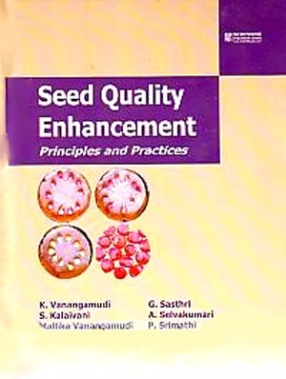
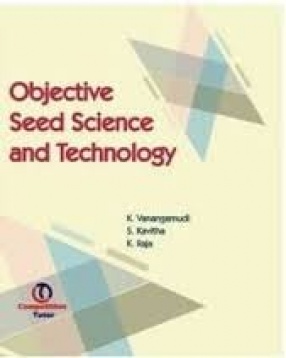
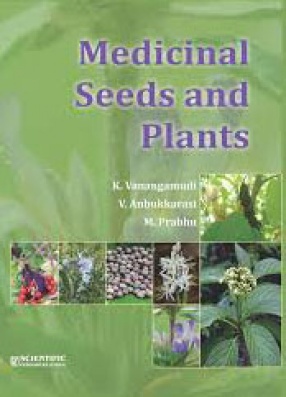
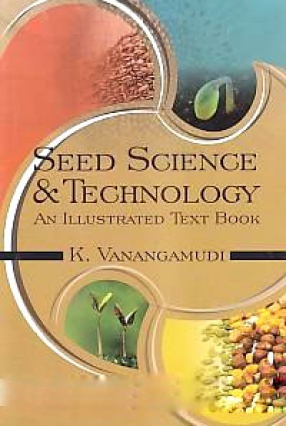

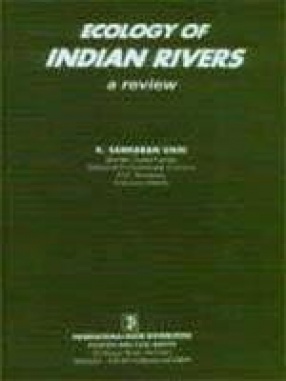
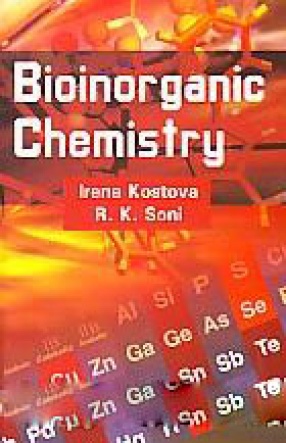
There are no reviews yet.